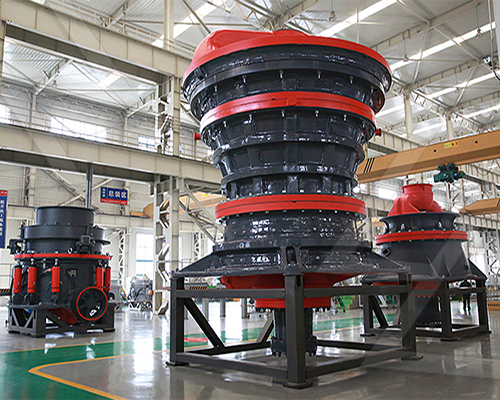The Highland Valley Copper (HVC) mine, located in British Columbia, Canada, is one of the largest copper mines in North America. The grinding flowsheet for the Highland Valley Copper mine typically involves several stages of crushing and grinding to liberate the copper minerals from the ore. Below is a general overview of the grinding flowsheet commonly used in such operations:
1. Primary Crushing:
– Ore Feed: The run-of-mine (ROM) ore is delivered to the primary crusher.
– Primary Crusher: Typically, a gyratory or jaw crusher is used to reduce the ore size to a manageable size for further processing.
– Product Size: The crushed ore is usually reduced to a size of about 150-200 mm.
2. Secondary Crushing:
– Secondary Crusher: The primary crushed ore is further reduced in size using cone crushers or impact crushers.
– Product Size: The secondary crushed ore is typically reduced to a size of about 20-50 mm.
3. Tertiary Crushing (if required):
– Tertiary Crusher: In some cases, a tertiary crushing stage may be employed to further reduce the ore size.
– Product Size: The tertiary crushed ore may be reduced to a size of about 10-20 mm.
 4. Grinding:
4. Grinding:
– SAG Mill (Semi-Autogenous Grinding): The crushed ore is fed into a SAG mill, where it is ground using both the ore itself and steel balls as grinding media. The SAG mill reduces the ore to a finer size.
– Ball Mill: The discharge from the SAG mill is further ground in a ball mill, which uses steel balls as grinding media. The ball mill produces a fine slurry of ground ore.
– Product Size: The final grind size is typically around 80% passing 75 microns (200 mesh).
.jpg) 5. Classification:
5. Classification:
– Hydrocyclones: The ground slurry from the ball mill is classified using hydrocyclones. The underflow (coarse particles) is returned to the ball mill for further grinding, while the overflow (fine particles) proceeds to the next stage of processing.
– Product Size: The overflow from the hydrocyclones typically has a particle size of around 80% passing 75 microns.
6. Flotation:




